If you have never had zucchini, you are in for many tasty treats. Zucchini itself is not the flavor star of any dish, but depending on how it is prepared, it provides a selection of textures to match a great variety of herbs, spices, sauces, and vegetable combinations. What does zucchini taste like?
Zucchini has a very mild taste that is slightly sweet, grassy, or green. Because of zucchini’s mild flavor, it can be prepared in numerous ways, and it shows up in a wide variety of recipes.
Zucchini is such a versatile squash, and now is a great time to familiarize yourself with its different flavors and how you can enjoy them!
Table of Contents
What Does Zucchini Taste Like?
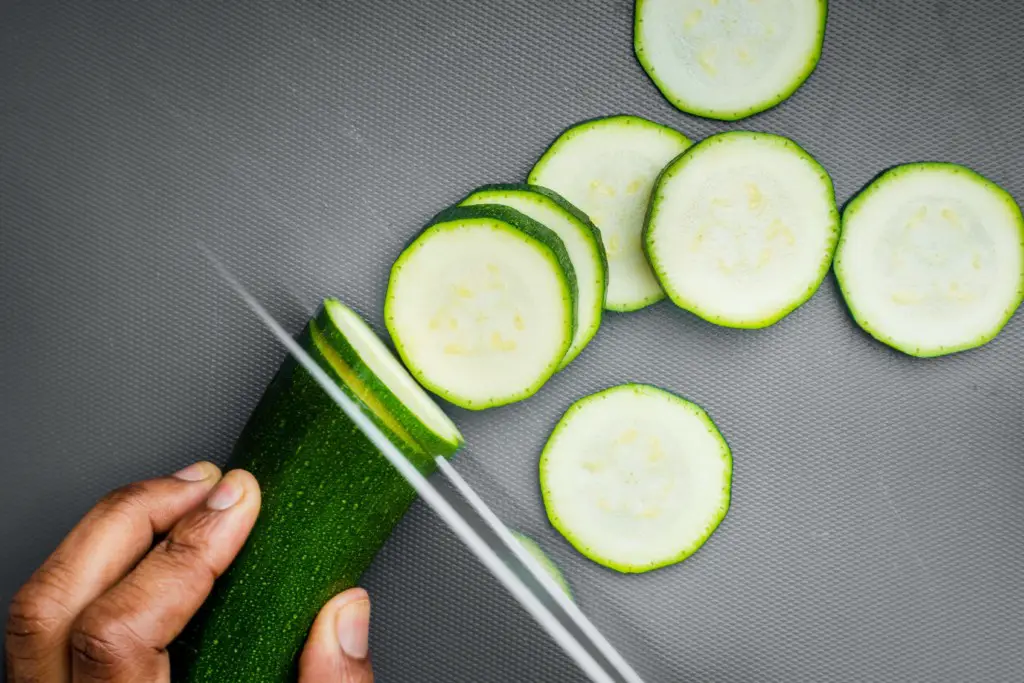
For someone who has never tried it before, here is everything you need to know about how zucchini tastes:
- Zucchini has a mild flavor by any measure. It can be used as a substitute for okra in recipes. It is more dry than a cucumber and less sweet than butternut squash. Its already gentle flavor is even more delicate in very young zucchini (e.g. less than 6 inches long).
- The texture is an important dimension of its taste. Smaller zucchinis have fewer and smaller seeds. You might prefer to scoop out the seeds of larger zucchinis. That is not usually a concern in supermarket produce, but any vegetable gardener can tell you that zucchini will burst from medium to enormous overnight.
- Appearance is another factor in the experience of eating any food. Also known as “summer squash” and in the United Kingdom as “courgette,” zucchini squash is straight and grows in both green and yellow varieties. Yellow squash, which has a curved crook and a bulbous end, is similar in flavor, texture, and preparation methods, so it can be mixed with conventional green zucchini to add more color to a dish.
- Zucchini is technically a fruit because it grows from a flower. All squash blossoms are edible raw or pan-fried. They are sometimes available at farmers’ markets and tend to taste like a hint of their squash variety.
It’s also important to note that Zucchini, as well as other squash, cucumbers, melons, and pumpkins, contain cucurbitacin as their own natural insect repellent. If a zucchini tastes bitter, then it has too much cucurbitacin, which can cause food poisoning.
This is common in wild plants but rarely a problem in cultivated plants. However, it is dangerous for people to ingest so if you taste any bitterness do not swallow that bite and discard that produce.
A common question about zucchini is whether or not it actually tastes like pasta. Let’s dive into that topic now.
Does Zucchini Taste Like Pasta?

In a word, no.
Zucchini does not taste like much of anything. It does not taste like pasta, even when it is shaved with a peeler into “lasagna noodles” or spiralized into something like spaghetti, also known as “zoodles” (or “courgetti” in the UK).
However, plain pasta does not have all that much flavor, either. Flavor-wise, they have a whole lot of nothing in common. Consequently, some chefs have come up with clever swaps.
You don’t expect carob to taste like chocolate even if it looks and acts like chocolate. You don’t expect coconut milk to taste like dairy milk, either.
They all have their gifts but closing your eyes and expecting one to be the other is bound to end in disappointment.
From one perspective, traditional pasta is mostly an excuse for amazing sauces and toppings. Zucchini noodles, with their bland flavor as a platform, can meet a lot of pasta’s job requirements.
For anyone with nutritional or digestive issues with traditional pasta, zoodles provide a welcome pathway to a reunion with Alfredo, Marinara, Pesto, Bolognese, and other great sauces.
Does Zucchini Taste Good Raw?
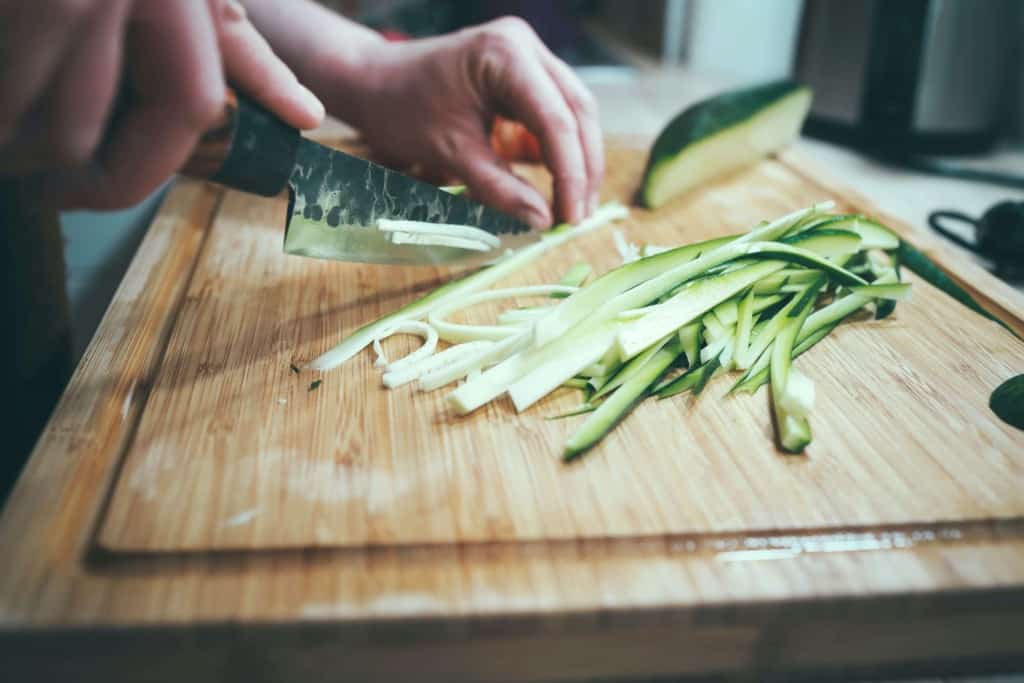
Zucchini is pretty tasty raw, but it really needs some seasoning, like salt and pepper, hummus, or onion dip, to make it truly enjoyable.
But some people are not on good terms with raw zucchini.
Without being somewhat broken down by the cooking process, the zucchini’s cellulose and soluble fiber can result in bloating and gas.
People who are affected by this, have gut microbiomes that are not optimized for raw zucchini, so they may not want to eat it regardless of its taste.
How Do You Know If A Zucchini Has Gone Bad?
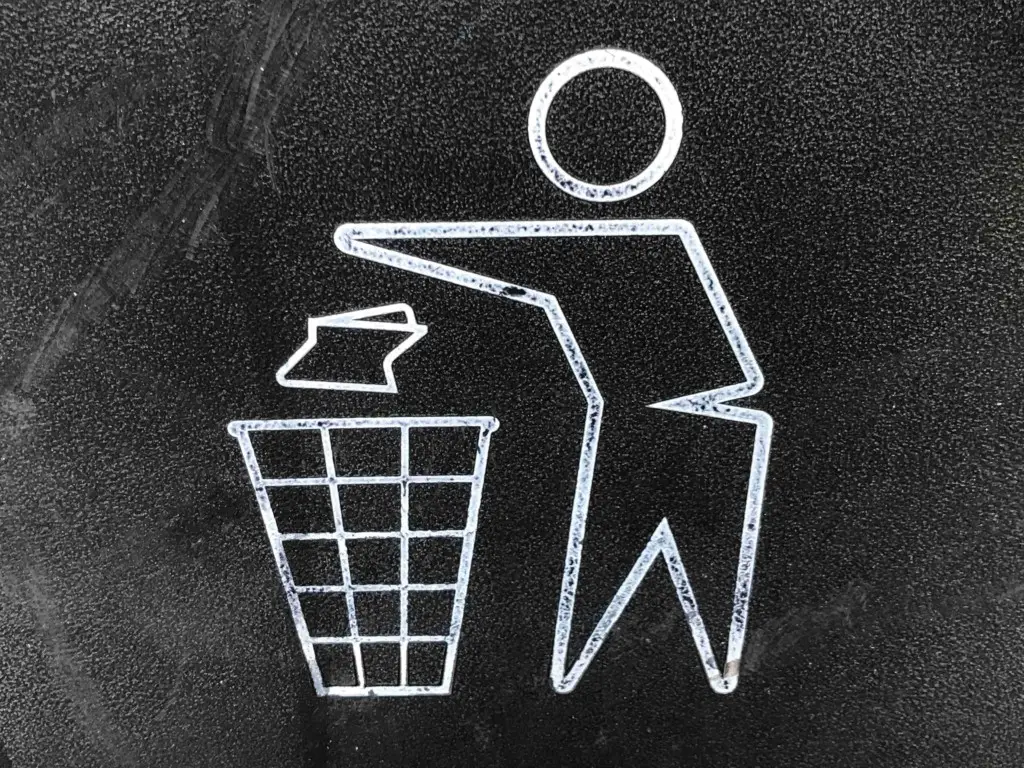
There are several signs of trouble for zucchini. You know a zucchini has gone bad when:
- You see wrinkles. An over-the-hill zucchini will begin to get dehydrated, which results in skin that is wrinkled or puckered, or just not as firm. Wrinkles are an indication that the nutrition, texture and flavor have been compromised, but you can still use the zucchini if this hasn’t gone too far.
- It is not firm. A limp – but not squishy – zucchini won’t hold its texture for many recipes but is still good for zucchini bread.
- You see dark spots. Dark brown or black spots are a sign of trouble. You can peel the zucchini and assess the inside to see if the taste and texture are still acceptable for the recipe you are using. You can cut out any deeper spots.
- You See Squishy Soft Spots. A zucchini left in a vegetable drawer too long will start really going bad by developing grayish, slightly indented soft spots: There is no redemption at this point. With time these spots will take over the entire zucchini.
- It smells fermented. Pre-cut zucchini, either from the store or from your own batch preparations, can go bad after only a few days. It is more likely to start turning sour and acidic than to turn color, so use your sense of smell to assess it.
How Can Zucchini Be Prepared?
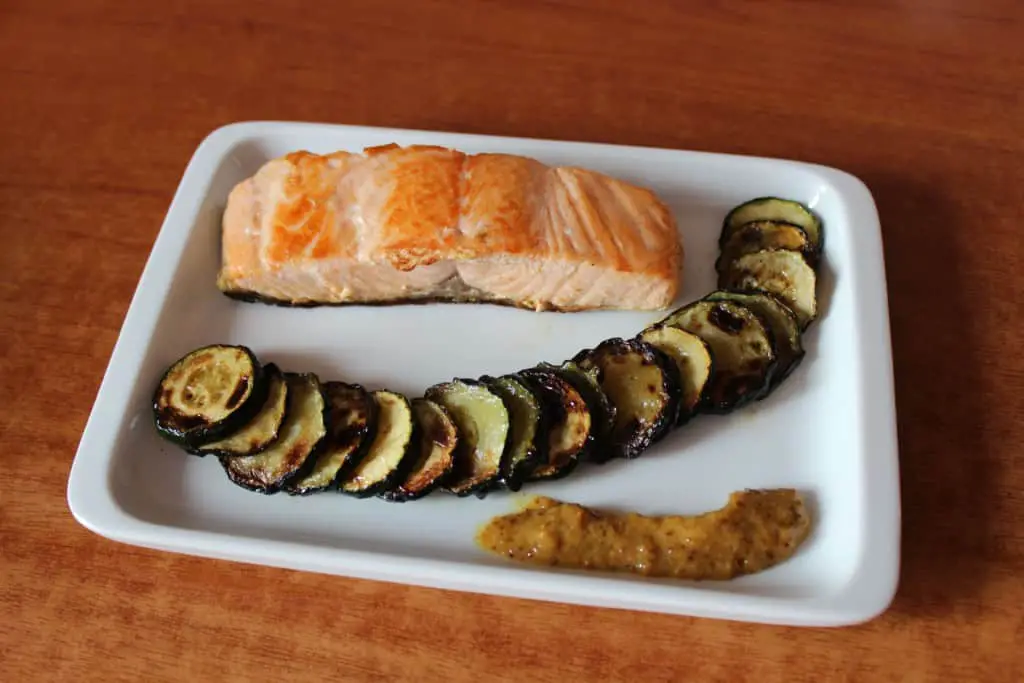
Because of zucchini’s mild flavor, it can find a home in a great variety of cuisines. It can also handle quite a few presentation and cooking methods. Just before using the zucchini, always start by trimming the ends off and washing it.
A common way to cut up zucchini is to slice it in half lengthwise, then slice those halves lengthwise so you have long quarters. Then cut them up into quarter circles. Alternatively, just cut them into circles.
Either way, going smaller than 1/4 inch will risk the zucchini losing its shape, and greater than 1/2 inch will make it take longer to cook.
Now here are a few ideas for cooking zucchini in different ways that I think you’ll enjoy:
Different Ways to Cook Zucchini
| Raw | Dip in hummus, onion dip, or other tasty sauces. |
| Sautéed or Stir-Fried | For Asian flavors, try this version. For Tex-Mex fajita flavors try this recipe. For an Indian curry, try this recipe. |
| Fried | If you choose a healthy fat, you can enjoy this recipe without guilt. |
| Boiled | Place cut zucchini in boiling water for 3-5 minutes. This makes soft zucchini, perfect for a purée or baby food. Season to taste. |
| Simmered in Soup | Zucchini can be added to soup and boiled or simmered in the pot. |
| Steamed | Place cut zucchini in a steamer basket. Place over boiling water 10-15 minutes, until tender. Toss with mashed garlic and olive oil, as described here. |
| Baked: Savory | For a comparatively low carb lasagna, try this recipe. For ratatouille, try this recipe. |
| Baked: “Boats” | Slice zucchini in half lengthwise. Hollow out seeds. Fill with pre-cooked sauce. Top with cheese. Bake until cheese is melted and filling is heated through. Great for that “monster” zucchini that grew enormous overnight. Try this version. |
| Baked: Bread | For a dessert or breakfast treat, try this recipe. |
| Roasted: “Fries” | Toss cut zucchini with olive oil, salt, and pepper. Add herbs, spices, and parmesan to taste. Roast at high heat (400-450 degrees Fahrenheit) until done. More tips here. |
| Grilled | To season the zucchini before grilling, try this recipe. To season the zucchini while it cools, immediately after grilling, try this recipe. |
| Noodles: Spiralized | Like pasta, zucchini noodles can handle a great variety of sauces. To look through 25 zoodle recipes, try this site. |
Is Zucchini Healthy?
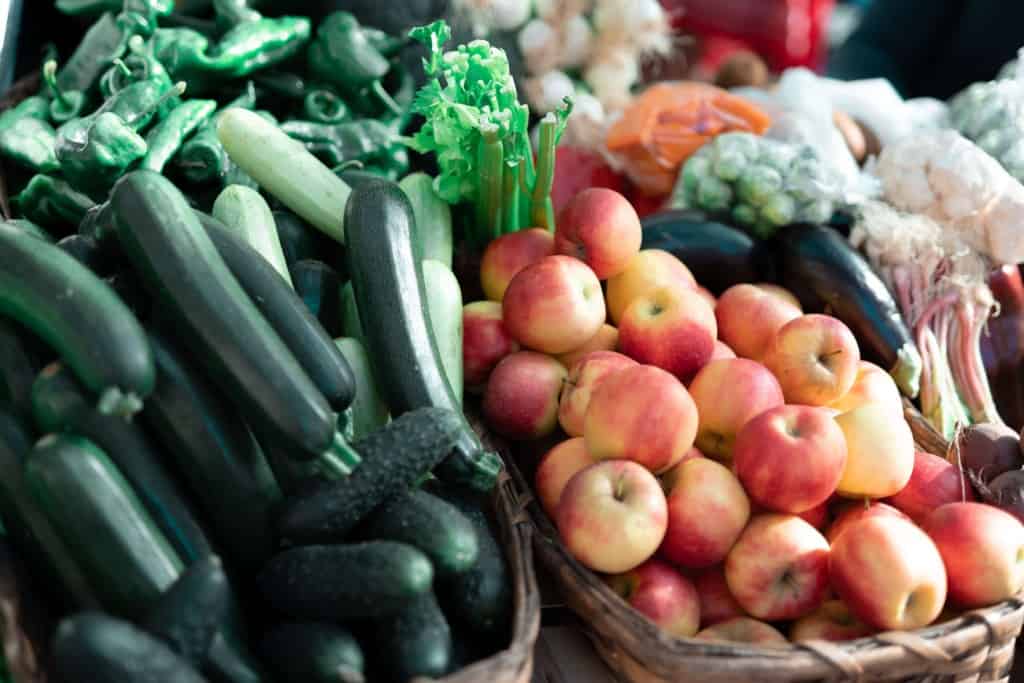
Fortunately, this highly adaptable food is also good for us in a variety of ways.
According to this article from Healthline, one cup of zucchini contains:
- 17 calories
- 1 gram of protein
- Less than 1 gram of fat
- 3 grams of carbohydrates
- 1 gram of sugar
- 1 gram of fiber
- A variety of vitamins and minerals
- Antioxidants
With this macronutrient profile, zucchini appears on nearly every weight loss and healthy nutrition list. It’s even keto-friendly!
